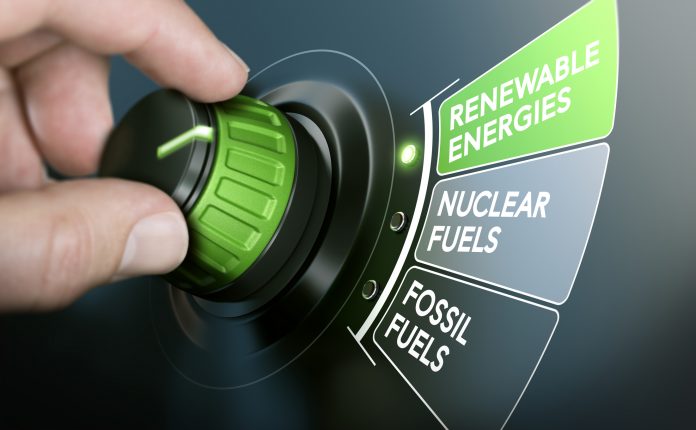Dr Christoph Frei, Secretary General of the World Energy Council shares his thoughts on building innovation ecosystems to support the energy transition
In my recent conversations with ministers, I am repeatedly asked the same question: “How can I, as a ministry and a country, support the Innovation Ecosystem?”
What does an Innovation Ecosystem mean? It means access to and availability of relevant skill sets, synergetic business networks, financing support schemes from venture capital to equity partners, as well as regulatory support and sandboxing where needed. For a ministry, it is ultimately about understanding the policy requirements that come out of the innovation space, as well as having the infrastructure readiness to respond to new solutions.
The dramatic increase in extreme weather events and the continued increase in human-made carbon emissions speak a clear language: we are falling behind on climate objectives and impact opportunities and must accelerate the energy transition today. A transition that delivers against the objectives outlined by the Energy Trilemma.
The World Energy Council has said it very clearly: to accelerate, we need both ambitious policies and new technologies delivered through innovative business models.
Supporting innovators is a priority for the World Energy Council and fundamental to accelerating the energy transition. The Council has partnered with dena, the Germany Energy Agency to bring 100 Innovation finalists from our Start-up Energy Transition Awards programme to the 24th World Energy Congress in Abu Dhabi next September. The SET platform is part of the Council’s Impact Communities, helping to build capabilities and better manage the challenges of the energy transition.
However, start-ups alone are not enough to deliver the acceleration we need. We need to upgrade policies to take advantage of sector adjacencies – first, adjacencies between power, heat and gas and then digital, transport and finance looking at sector coupling and harvesting unrealised infrastructure benefits beyond single sectors and narrow supply chains. That also means upgrading policy to include circular economy thinking. Consider the battery: how important have batteries become? What happens to a battery if it’s not recycled? How big is the opportunity for recycling waste in terms of energy? How can the digital enabling of existing assets deliver storage and system flexibility rather than building costly new assets? Questions like these are critically important if we want to achieve cost-effective transition pathways.
There is still a deep misunderstanding of the extent and importance that the Energy Transition will play in a country’s ability to be competitive. Considering that half the world’s capital is invested in energy and its related infrastructure, the capability of handling the Energy Transition has grown into a backbone of industrial strategy and overall economic prosperity, with implications far beyond the energy sector. It also means that the Energy Transition is not just an Energy Minister’s concern, but a key matter on Prime Ministers and G20 agendas.
On a global scale, achieving a successful Energy Transition requires the trade to deploy the sharing of best technologies and thereby accelerate learning curves, implementing a CO2 price and mitigating against regional tensions arising from shifting resource utilisation. What happens to regional balances when they come under pressure and haven’t diversified fast enough? Countries that transition too quickly are likely to see a social backlash, because of price spikes and skills mismatch.
There is no guarantee that an entirely unguided transition leads towards a better world. Decarbonisation takes a carbon signal. Accelerating learning curves takes technology trade. Diversifying energy systems takes lead time and effort, especially in regions exposed to pressure.
Traditionally, energy followed a Maslow pyramid pattern for development. It was about access first; making it cheaper before making it more secure and clean. This approach is now problematic and can sometimes end up with much more expensive solutions, including much higher costs for infrastructure and beyond. Instead, we need a more strategic approach, balancing social, environmental and security objectives – always. Careful planning and transition management are paramount in delivering a low-cost and socially viable transition.
The beauty is that today we have the technologies and opportunities to help achieve a successful energy transition, but we still need innovative policy frameworks and market designs and closer collaboration across sectors and competencies to help close the current investment gap and to ensure that an affordable and just energy transition is delivered for the benefit of all.
Dr Christoph Frei
Secretary General
World Energy Council
Tel: +44 (0)207 734 5996











